My connection to Habitat 2030 began with a simple conversation. On a mildly cold December day at a restoration workday at the Jarvis Bird Sanctuary, I was speaking to a girl working towards the required certifications to steward a site within the jurisdiction of the Chicago Park District. She mentioned the organization and their purpose, empowering young people to become the next generation of restoration leaders. At the time I barely understood what the term restoration meant. (more…)
Quercus Quiz
post originally appeared on The Jackass Gardener.
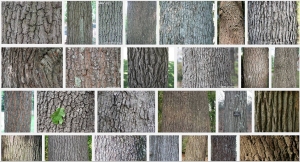
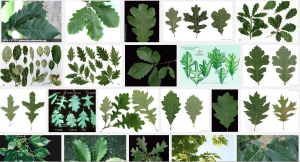
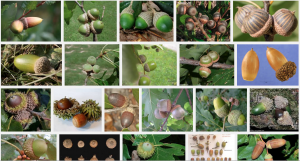
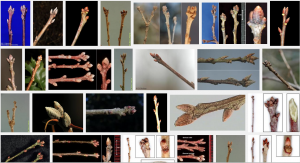
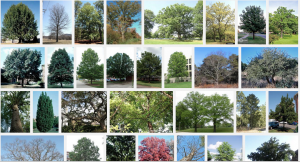

So in an effort to be better at my job, I’m forcing myself to memorize the scientific names of local plants and then figure out how to match those names with their owners by using a Key.
I’ve decided to start with native oak trees as they seem to be some of the most important species in the region and luckily my work has made a Rapid Color Guide for Common Oaks of the Chicago Region with a Key (how convenient!). Therefore, in an effort to not be as dumb, I’m forcing myself to come up with a mnemonic for each of our ten native oaks. Let’s see how this goes. (more…)
Kankakee Mallow on WGN Radio
Here’s the audio of the 20-minute interview I did about the Kankakee mallow on “After Hours with Rick Kogan.” I had a great time talking about this and Rick is definitely one of the best interviewers out there – definitely a Chicago legend.
Enjoy and don’t be shallow!
Macrocosmos
I don’t love trumpeting new technology because consumerism is evil and all that, BUT LOOK AT MY NEW TOY. (more…)
Big Ass Spider Visits My Eyeballs
I work at the Field Museum of Natural History in Chicago and we have a pretty big physical footprint on the lakeshore here. However, only a fraction of that is planted with native Illinois plants – a little circular area just north of the large totem pole we have.
My colleague and I were walking around yesterday to scout out some potential programming spots, and while passing through aforementioned only native garden, we saw this: (more…)
Mudpuppying in Chicago: My Story
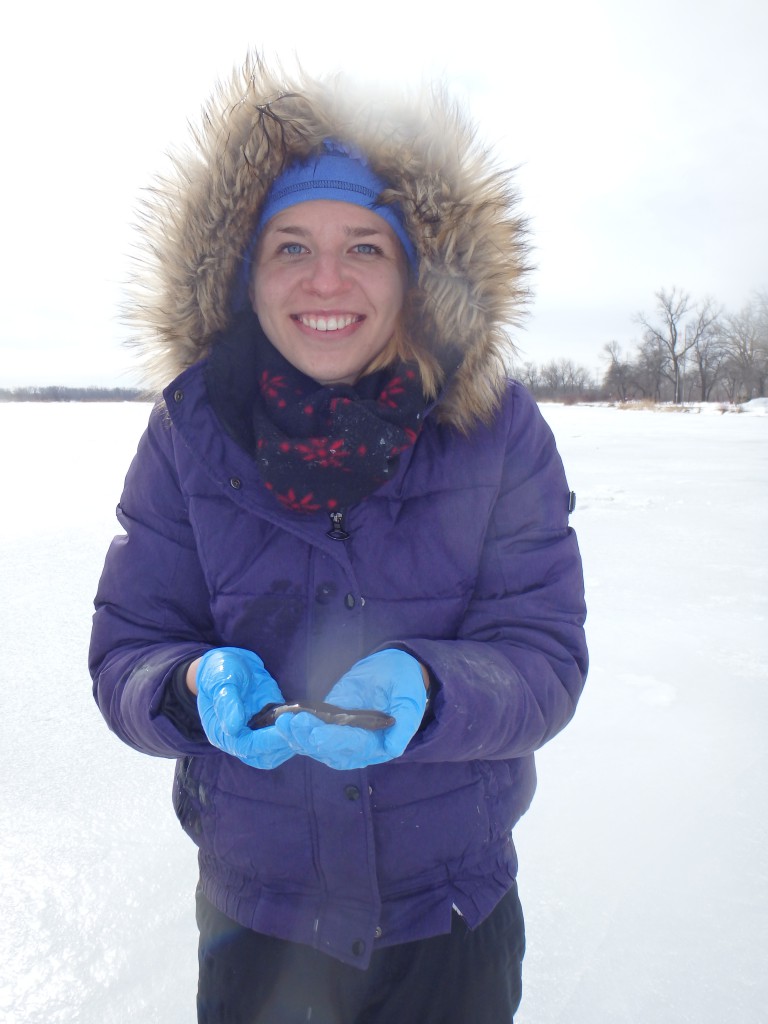
On frigid cold January weekends, my grandpa used to take me ice fishing on Beebe Lake, in Saint Michael, Minnesota. As we sat there quietly on our plastic buckets, waiting for our bobbers to plunge, I remember marveling at all the clusters of people clad in marshmallow jumpsuits, eyes peeled on their 10” holes. In the land of 10,000 lakes, bundling up and hanging out on the ice all day is a tradition, one that every true Minnesotan must participate in each winter. (more…)
Submit Your Custom Event Banner Creations in the First Ever Habitat 2030 Event Banner Challenge!
 Calling all graphic artists, doodlers, and Microsoft Word photo Frankensteiners! We need you to submit your entries for the first ever Habitat 2030 event banner challenge! Habitat 2030 was awarded a generous grant from the Nature Conservancy Volunteer Stewardship Network including funds to print a 6 foot by 2.5 foot custom event banner that we will use at community events to broadcast our awesomeness. The banner selected in this competition will be printed and used forever to advertise Habitat 2030 to future restorationists everywhere! It may even become an archeological artifact one day when the Earth is free of invasive plants, and future humans want to learn about our buckthorny past! After we receive the banner submissions, it will be up to you, our members, to select the winner! (more…)
Calling all graphic artists, doodlers, and Microsoft Word photo Frankensteiners! We need you to submit your entries for the first ever Habitat 2030 event banner challenge! Habitat 2030 was awarded a generous grant from the Nature Conservancy Volunteer Stewardship Network including funds to print a 6 foot by 2.5 foot custom event banner that we will use at community events to broadcast our awesomeness. The banner selected in this competition will be printed and used forever to advertise Habitat 2030 to future restorationists everywhere! It may even become an archeological artifact one day when the Earth is free of invasive plants, and future humans want to learn about our buckthorny past! After we receive the banner submissions, it will be up to you, our members, to select the winner! (more…)
Kankakee Mallow Lazarus

Langham Island – the green outline is where winter volunteer crews cut down brush. The blue circles are the last known locations of Kankakee mallow.
Since starting the campaign to change Illinois’s state flower to the critically endangered Kankakee mallow – Iliamna remota – I’ve become pretty enamored with this plant’s story. The only living plant species known to come from within Illinois’ borders, as of last year, its native habitat of Langham Island didn’t appear to have any living plants left. A group of volunteers formed Friends of Langham Island and set to work to restore the mallow and save it from the exotic invasives that threatened to add it to the long list of native extinctions. (more…)
Calumet 2030 Debrief
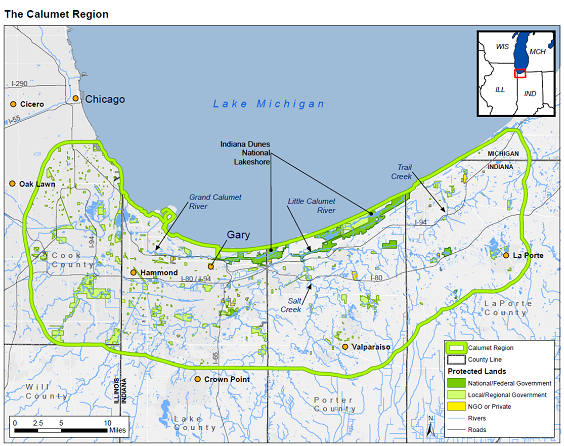
This year marked the launch of Calumet 2030 – the first region-based 2030 initiative, with new institutional partnerships, new sites, and a bunch of new volunteers in the Habitat 2030 family. There were four official Cal2030 events, and given their success, there will be many more. (more…)
Nature
We’re going to do a little visualization, so play along:
Nature. What do you see in your head when you think of nature? What kind of habitat? What plants/trees? Animals? Where is it located? Spend 5 seconds to lock it in your head… (more…)

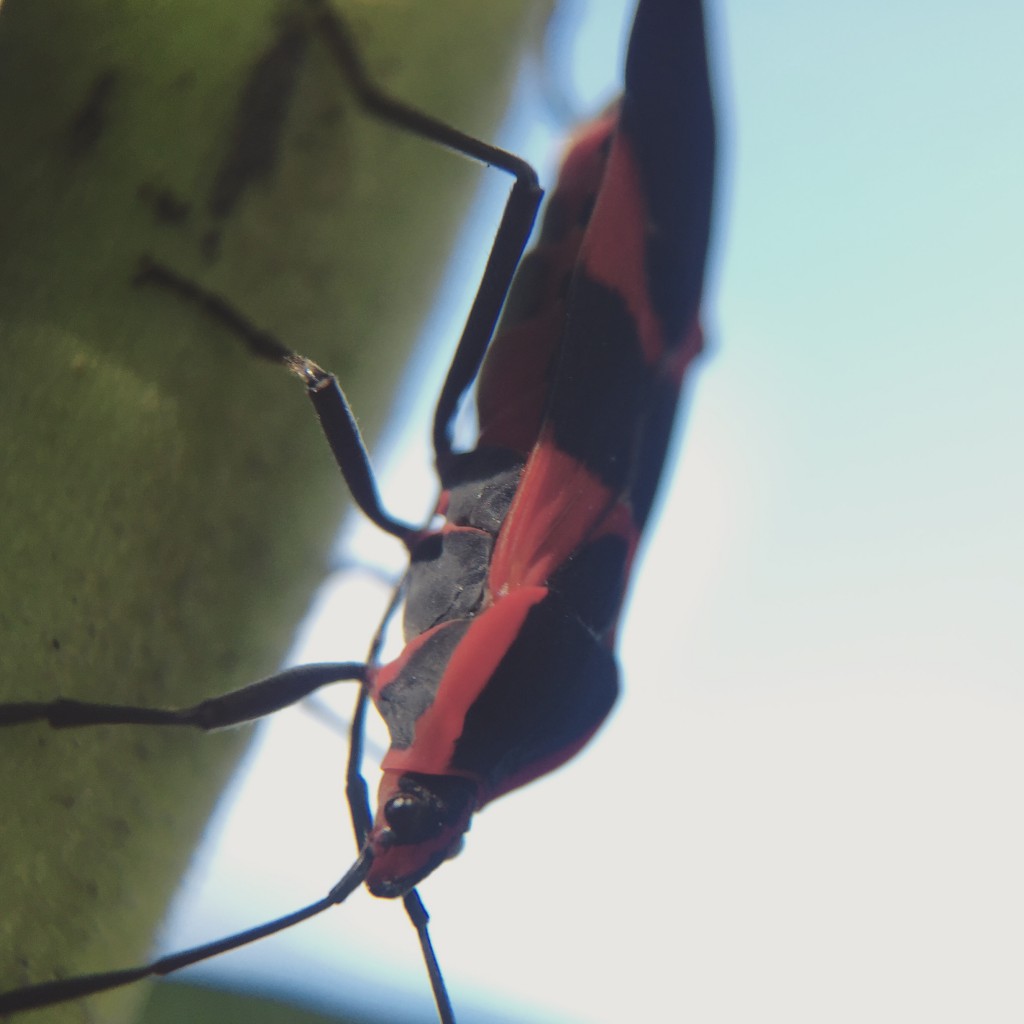
Recent Comments